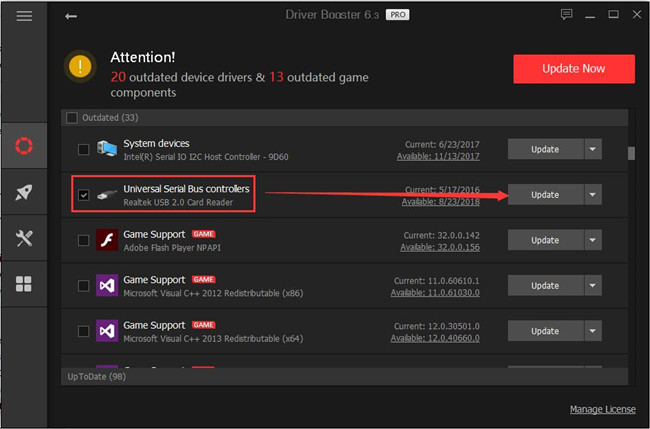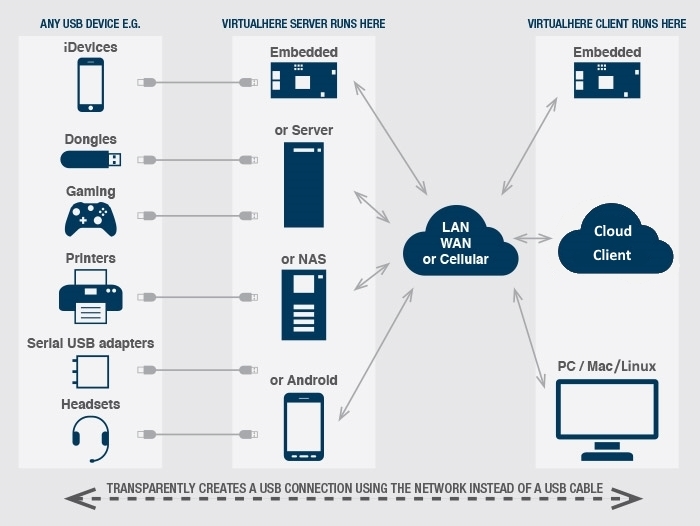As you also can see from the dmesg output, it finds the device during boot 28.071704 usb 1-1: new high-speed USB device number 2 using xhci-hcd but then nothing happens. Which means that the kernel modules are missing (not only the firmware, which you installed). You can verify that by looking at the configuration of the Synology kernel. Once your Z-wave radio is plugged in, we need to find out the path to the radio. When you plug any USB device into your NAS (or any Linux system), it is given a filepath that you can use to access it. On Synology, our USB path is stored in the /dev/ folder, so let’s try and find our USB stick in there. Using a SSH window, we can run the following. The USB implementors forum organization has described how devices conforming to the Communications Device Class (CDC) should present themselves to the USB host. The USB implementors forum also specified how CDC subclasses should act, including for those devices intended to talk with each other over the public switched telephone network (PSTN). Hopefully Chris and/or Ted can help get this feature through to Synology. The lack of exFAT drive format really sucks. The only choices do not support files 4GB and characters within the tittle. Further, they do not support read/write via Windows and Mac. I have submitted a feature r.
-->This article helps to fix an issue in which Windows 10 doesn't install specific drivers for USB audio devices on the first connection.
Original product version: Windows 10, version 1703
Original KB number: 4021854
Symptom
When you connect a USB audio device to a Windows 10 Version 1703-based computer the first time, the operating system detects the device but loads the standard USB audio 2.0 driver (usbaudio2.sys) instead of the specific device driver.

Cause
This issue occurs because the USB audio 2.0 driver (usbaudio2.sys) isn't classified as a generic driver in Windows 10 Version 1703. Therefore, the system assumes that a compatible, nongeneric driver is installed for the device even though the driver is generic.
This issue also causes Windows 10 Version 1703 to postpone the search for other compatible drivers through Windows Update that typically occurs immediately after you install a new device.
Resolution
To fix this issue, use one of the following methods.
Method 1
To resolve this issue, install update 4022716.
Method 2
If the device-specific driver is distributed through Windows Update, you can manually update the driver by using Device Manager. For more information about how to do this, see update drivers in Windows 10.
Method 3
If the device is not yet connected, first install the device-specific driver, such as by using the appropriate installer. After the device-specific driver is installed, Windows 10 will select that driver instead of the standard USB audio 2.0 driver when you first connect the device.
Note

See the device manufacturer's user guide for specific instructions about how to install the driver.
Method 4
If the driver isn't distributed through Windows Update, you can manually reinstall the driver. To do this, follow these steps:
- Install the device-specific driver (see Method 2).
- Open Device Manager.
- Right-click (or tap and hold) the name of the device, and then select Uninstall.
- Restart the computer.

When it restarts, Windows will try to reinstall the device by using the device-specific driver.
Have you ever wondered why some USB devices used /dev/ttyUSB0 (or 1, or n) and others/dev/ttyACM0 (or 1, or n) when they are plugged into the host computer, while they seem to be acting as UART devices (RS-232-like) over USB in both cases? Have you wondered why example USB firmwares for microcontrollers always end up with names such as /dev/ttyACM0 and never as /dev/ttyUSB0?
Warning: this is a Linux specific post, although it also contains genuine pieces of USB culture.
Synology Format Usb
What does ttyACM mean?

The USB implementors forum organization has described how devices conforming to the Communications Device Class (CDC) should present themselves to the USB host. The USB implementors forum also specified how CDC subclasses should act, including for those devices intended to talk with each other over the public switched telephone network (PSTN). Those are known as modems because the data goes through a modulation operation on the sending side, which transforms the bits into analog signals that can be carried over phone wires, and then through a demodulation operation on the receiving side to convert the analog signal back into the original bits.
To discuss with the modem, the host USB driver must use one of the existing control models. For example, the direct line control model controls how data is exchanged between the host and the modem through an audio class interface, with the host taking charge of the modulation, demodulation, data compression (such as V.42bis) and error correction (such as V.42). This model is used by some USB soft modems, which are very cheap because they mostly contain a DSP chip and some amplification and line adaptation layers.
Another control model, aptly named abstract control model or ACM, lets the modem hardware perform the analog functions, and require that it supports the ITU V.250 (also known as Hayes in its former life) command set, either in the data stream or as a separate control stream through the communication class interface. When the commands are multiplexed with the data in the data stream, an escape sequence such as Hayes 302 (also known as “1 sec +++ 1 sec”) or TIES (that nobody remembers) must allow the host to put the modem into command mode.
When developping on a USB-enabled embedded microcontroller that needs to exchange data with a computer over USB, it is tempting to use a standardized way of communication which is well supported by virtually every operating system. This is why most people choose to implement CDC/PSTN with ACM (did you notice that the Linux kernel driver for /dev/ttyACM0 is named cdc_acm?) because it is the simplest way to exchange raw data.
But what about the mandatory V.250 command set? It is almost never implemented in such devices, but since the host has no reason to spontaneously generate V.250 commands by itself, the device will never have to answer them. Pretending the embedded device is a modem is the simplest way to communicate with it, even though it will probably never perform any modulation or demodulation task. Linux will not know that the device is lying, and will have it show up as /dev/ttyS0.
What does ttyUSB mean?
Drivers Synology Usb Devices Update
Sometimes, the embedded microcontroller does not come with a hardware USB interface. While it is possible to use a software-only USB stack, the additional constraints put onto the CPU and the usually small storage size often lead board designers to include a dedicated UART to USB bridge. Several vendors, such as FTDI or Prolific sell dedicated chips for a few euros.
Those vendors opted not to lie to the host computer in having the chips announce themselves as USB modems when they were not. Each vendor defined its own (usually proprietary) protocols, with commands allowing to control functions of the chips such as setting the baud rate or controlling additional signals used to implement hardware flow control.
When it is practical to do so, Linux groups devices with similar functionalities under the same default device or interface names. For example, the UARTs present on your computer (if any) will be named /dev/ttyS0 and /dev/ttyS1 even if one of them is a legacy 16550 chip and the other one is a MAX3100SPI-controlled UART. Similarly, the devices offering UART-over-USB functionalities are named /dev/ttyUSB0, /dev/ttyUSB1, and so on, even though they are in fact using distinct device drivers.
Conclusion
So, when you see a /dev/ttyACM0 popping up, you can try to send it the escape sequence followed by AT commands, but there is a good chance that the device only pretends to be a modem and will happily send those characters to the core application without even considering intercepting them. If it is a /dev/ttyS0, do not try, unless the device behind the USB-UART bridge understands those command by itself (this is the case for the XBee chip).
